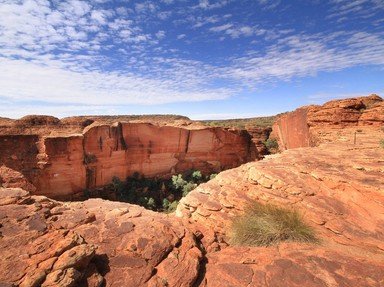Quiz Answer Key and Fun Facts
1. The city of Darwin occupies a key strategic location in Australia. Where is it situated?
2. The coastline either side of Darwin was explored extensively by the Dutch. However the harbour on which Darwin sits was discovered by the British in 1839. Given the name of the city, what was the name of the ship the British used to sail into this harbour?
3. Darwin is the capital and largest city in the Northern Territory, which itself is the second biggest state in Australia. True or False?
4. Darwin is also part of the Top End. What part of Australia does the Top End cover?
5. Darwin, a tropical city, has a typical climate for its location: Two distinct seasons - a wet season and a dry season. The locals claim there is a third season. What is this 'extra' season called?
6. Darwin has been rebuilt twice, the first time in the 1940s. What happened?
7. Darwin needed to be re-built again in 1974. Why?
8. Tourism and mining are the two chief economic earners for Darwin which serves as the entry point for the three 'nearby' National Parks. Which one of them is *NOT* in the Northern Territory?
9. Darwin is a remote place. After the satellite city of Palmerston 20 km south of Darwin, the nearest city is Alice Springs, 1500 km south. The train from Adelaide (3000 km south) arrived is 2004. What is the curious name of this iconic train?
10. Darwin's future lies in its strategic location. How many Southeast Asian capitals are closer to Darwin than Canberra, Australia's national capital?
Source: Author
1nn1
This quiz was reviewed by FunTrivia editor
Tizzabelle before going online.
Any errors found in FunTrivia content are routinely corrected through our feedback system.

